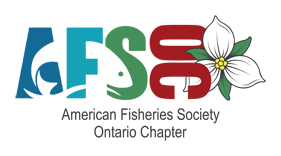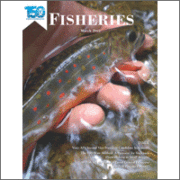Standardized Broad‐Scale Management and Monitoring of Inland Lake Recreational Fisheries: An Overview of the Ontario Experience
AUTHOR(S): Nigel P. Lester, Steve Sandstrom, Derrick T. de Kerckhove, Kim Armstrong, Helen Ball, Jeff Amos, Tal Dunkley, Mike Rawson, Peter Addison, Alan Dextrase, Dan Taillon, Blair Wasylenko, Preston Lennox III, Henrique Corrêa Giacomini, Cindy Chu
CITATION:
Lester, N.P., S. Sandstrom, D.T. de Kerckhove, K. Armstrong, H. Ball, J. Amos, T. Dunkley, M. Rawson, P. Addison, A. Dextrase, D. Taillon, B. Wasylenko, P. Lennox III, H.C. Giacomini, and C. Chu. 2020. Standardized Broad‐Scale Management and Monitoring of Inland Lake Recreational Fisheries: An Overview of the Ontario Experience. Fisheries 46(3):107-118. https://doi.org/10.1002/fsh.10534
ABSTRACT:
There are ~250,000 lakes in Ontario that support important cultural, recreational, and economic fisheries. In 2005, the Ontario Ministry of Natural Resources and Forestry adopted the Ecological Framework for Recreational Fisheries Management to tackle the heterogeneity of lake resources and angler mobility across the landscape, increase public participation in fisheries management, and streamline an ever‐growing list of regulations. The Broad‐Scale Monitoring Program for Inland Lakes began in 2008 to meet these goals. Essential elements of the program are: clear objectives, standardized sampling methods, operational implementation, diagnostic indicators, standardized reporting, a multidisciplinary team, and adaptive monitoring. Fishes, zooplankton, habitat, and angling activity are measured at each lake and provide the data needed to make evidence‐based fisheries management decisions. The data have benefited other provincial initiatives and provided significant contributions to the science of freshwater ecology. Recommendations are provided for other jurisdictions considering the implementation of a standardized broad‐scale monitoring program.
FULL TEXT – Lester et al.



